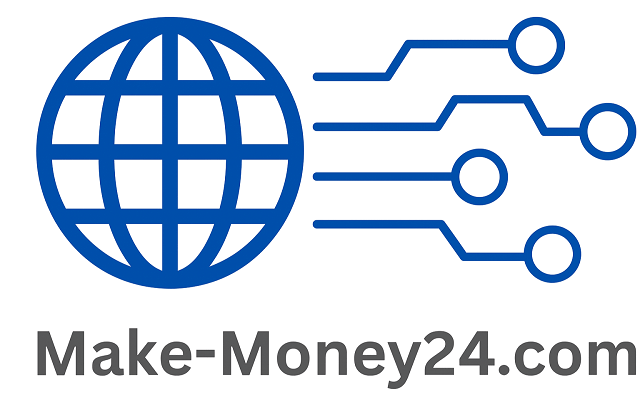
What is burnout and how to spot it
In recent years, burnout has become increasingly recognized as a significant issue affecting individuals across various professions. Burnout is a state of chronic physical and emotional exhaustion, often accompanied by feelings of cynicism and detachment from one’s work. For remote workers, these symptoms may manifest subtly, making it imperative to identify key indicators early.
The absence of physical boundaries between personal and professional spaces can blur work-life balance, leading to increased stress. Recognizing that remote work burnout is more prevalent due to these overlapping boundaries is crucial for maintaining mental health and well-being.
Early warning signs
Several indicators can signal the onset of burnout in remote workers, often beginning with a noticeable decline in productivity. Remote workers might find themselves struggling to meet deadlines they once managed easily, or they may start procrastinating tasks that used to engage them.
Additionally, the quality of work may suffer as attention to detail decreases. Beyond productivity, other signs include emotional exhaustion and a sense of detachment. Workers may feel drained of energy and become disengaged from their tasks, experiencing a lack of motivation and enthusiasm. Moreover, these feelings can extend beyond work, affecting relationships and personal interests.
How to organize your remote workday
Remote work has revolutionized our approach to daily tasks, providing flexibility and comfort. However, it has also given rise to a phenomenon many experience but fail to recognize until it’s too late: remote work burnout. To address it effectively, understanding the early warning signs is crucial. Initially, you may encounter a lack of motivation, where tasks that once energized now feel burdensome. This sudden shift can go unnoticed, mistaken for a passing mood, yet it’s a red flag.
Accompanying the slump in motivation often is a persistent sense of fatigue. Unlike ordinary tiredness, this exhaustion doesn’t dissipate after rest. Additionally, you might notice a decline in productivity. Tasks take longer, errors become frequent, and concentration wanes. These elements signal the onset of deeper issues.
Importance of breaks and boundaries
With the rise of remote work, the necessity of taking breaks and setting boundaries has become increasingly crucial to maintaining mental well-being. As remote work burnout looms over many workers, incorporating breaks into the daily routine helps rejuvenate the mind and increases productivity. It’s important to step away from the screen periodically to clear one’s thoughts and reduce the stress that builds up during continuous work hours.
These pauses enable individuals to reset their focus, reducing errors and enhancing creativity when they return to their tasks. Implementing a variety of breaks—such as short stretches, quick walks, or mindful breathing exercises—can be especially beneficial in combating the symptoms of remote work burnout.
Managing stress as a freelancer
In the fast-paced world of freelancing, maintaining a balanced and healthy work-life can be a daunting task. The absence of a structured work environment coupled with the endless stream of deadlines makes stress management a vital component of a freelancer’s life. One effective technique is setting clear boundaries between work and personal time, as it helps prevent remote work burnout. This can be achieved by designating a specific workspace and adhering to a consistent schedule. Moreover, freelancers should allow themselves breaks during the workday to refresh their minds and bodies. Techniques such as the Pomodoro Technique, where work is divided into intervals with short breaks, can increase productivity and reduce stress.
Seeking community and support
The shift to remote work has brought both flexibility and newfound challenges, with isolation being a significant concern. Building a strong community and fostering social support can significantly mitigate these issues and prevent remote work burnout. A sense of community can provide the emotional and moral support necessary to thrive in isolation. By maintaining regular communication with colleagues through virtual meetings, chat groups, and social events, individuals can cultivate connections that diminish the feeling of working alone. These interactions allow for idea exchanges, shared laughs, and a sense of belonging that can ground employees, making them feel a part of something bigger.
Useful apps for mental health
The rise of remote work has undoubtedly transformed many aspects of our professional lives. Yet, this shift has also introduced new challenges, such as remote work burnout, which can significantly impact mental health. To combat this, technology offers a variety of applications designed to support mental well-being. One such app is Headspace, which provides guided meditations tailored for relaxation and stress reduction. Regular meditation has been proven to decrease stress levels and enhance focus. As a result, using Headspace can lead to a significant improvement in overall well-being, helping remote workers mitigate feelings of burnout and maintain productivity.

